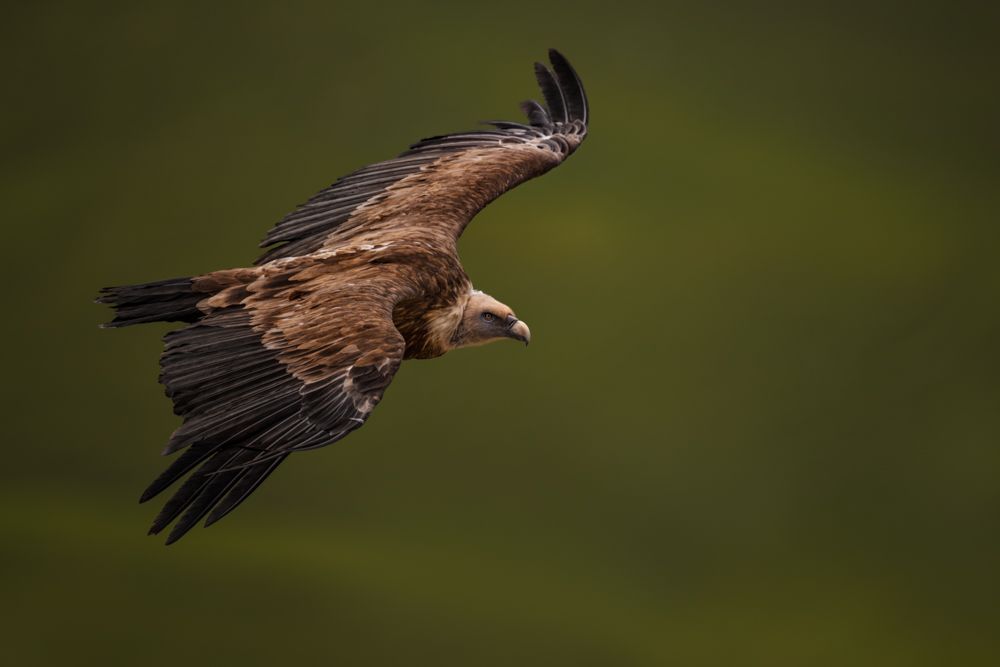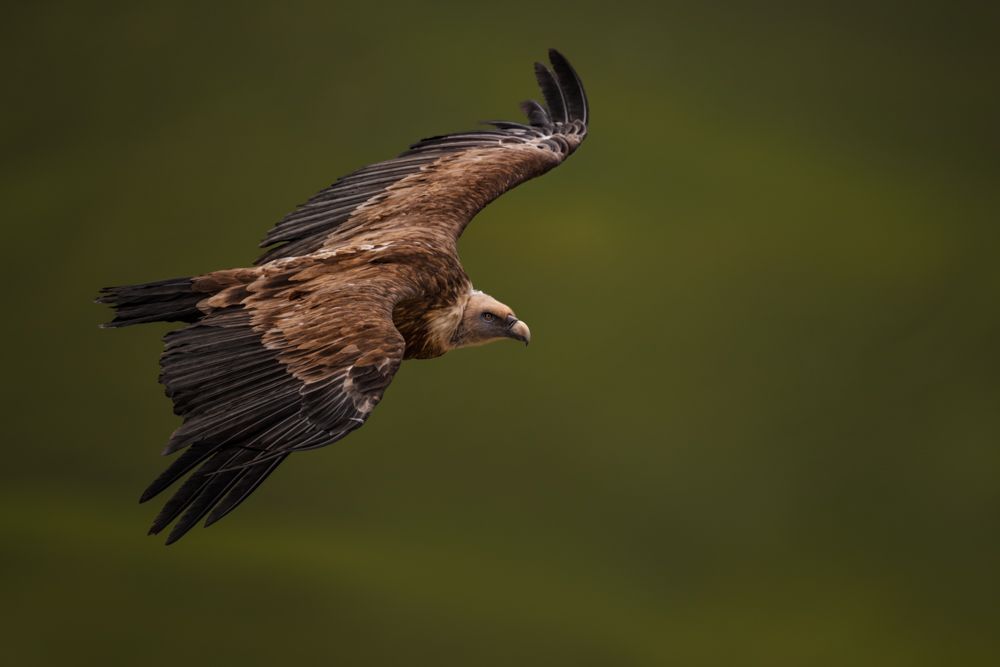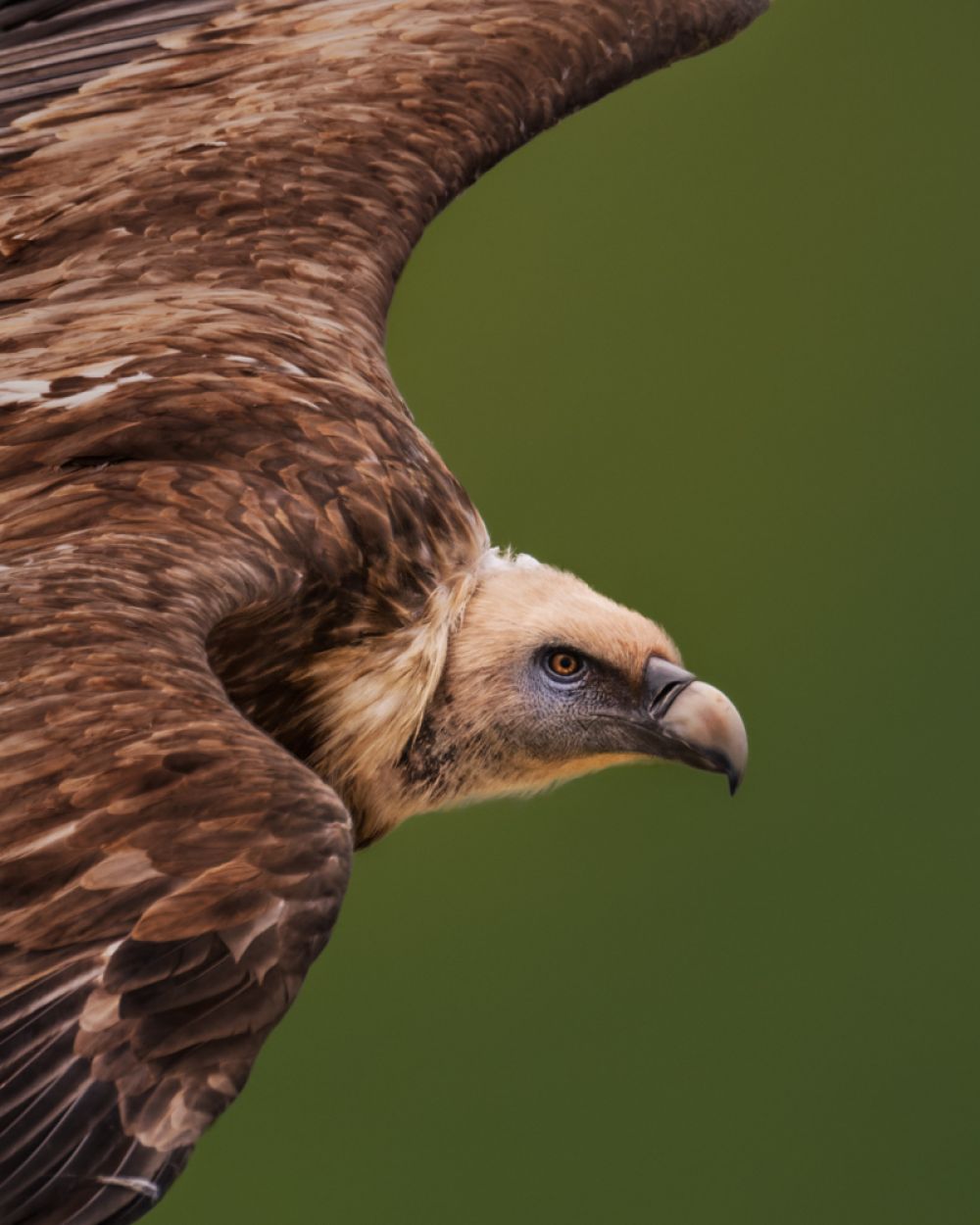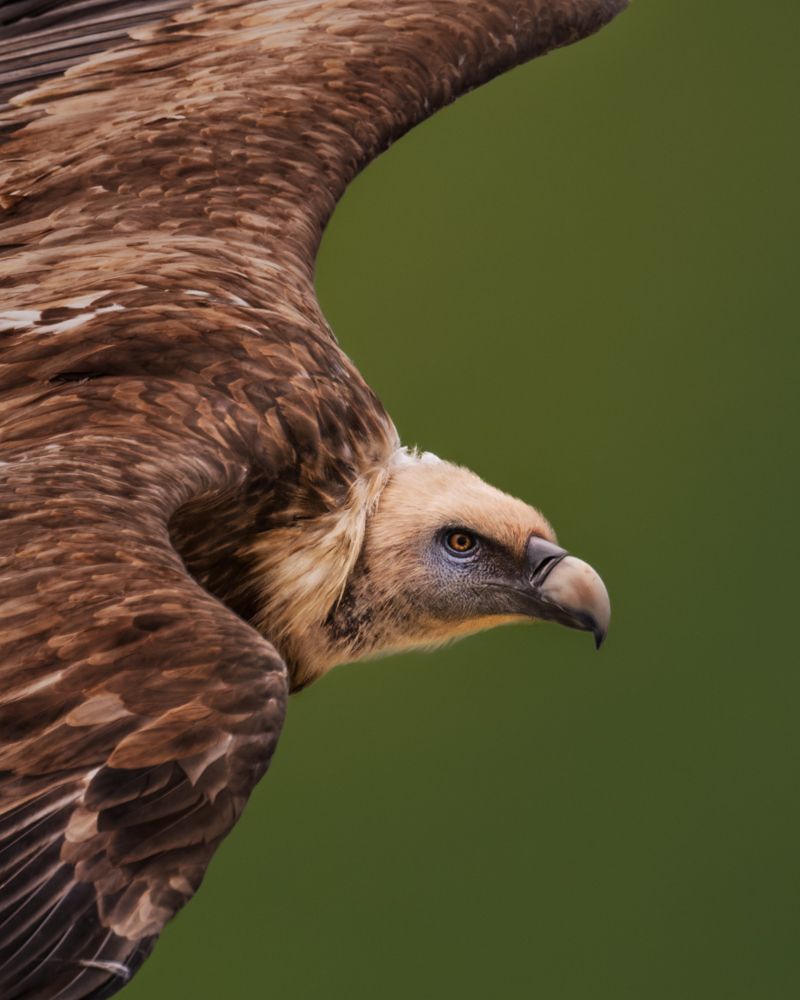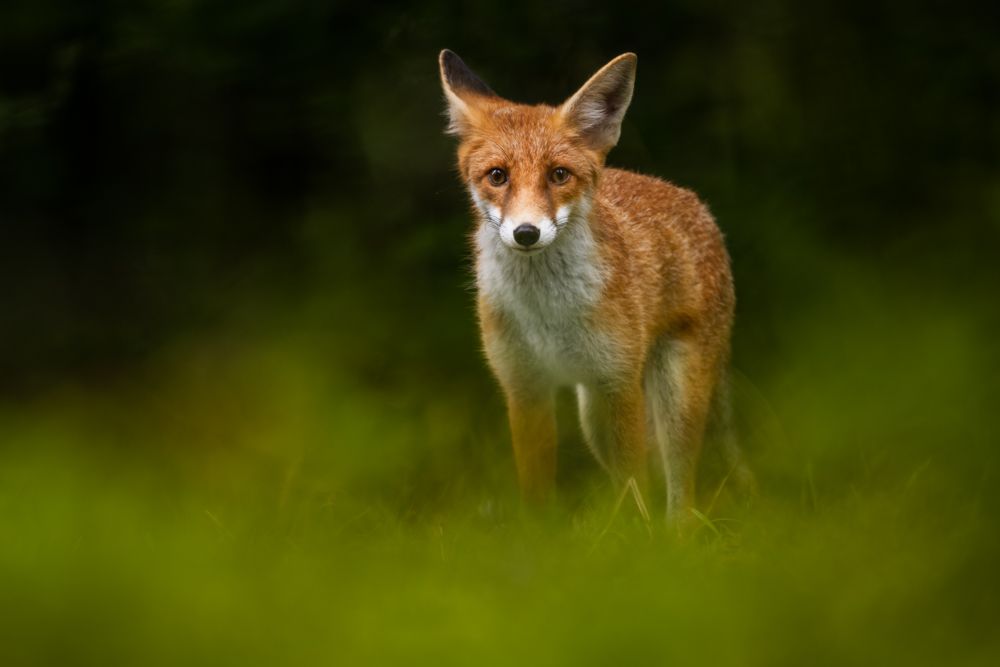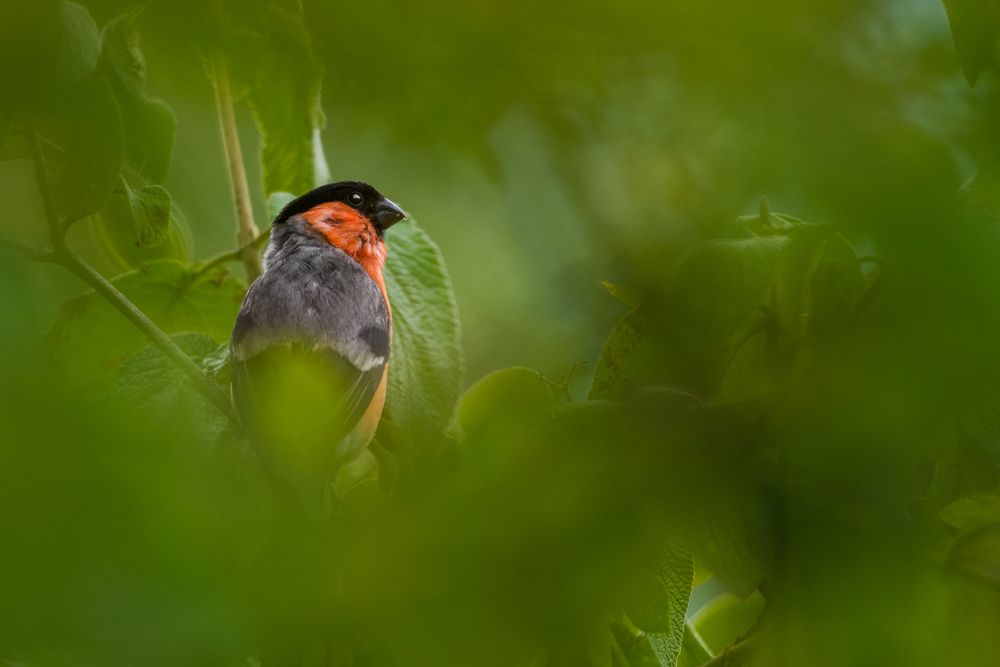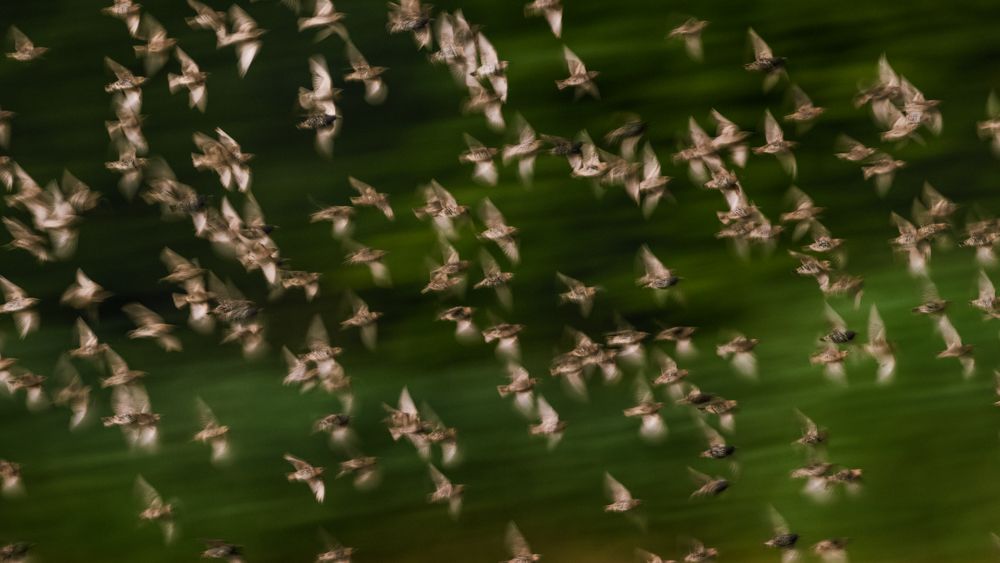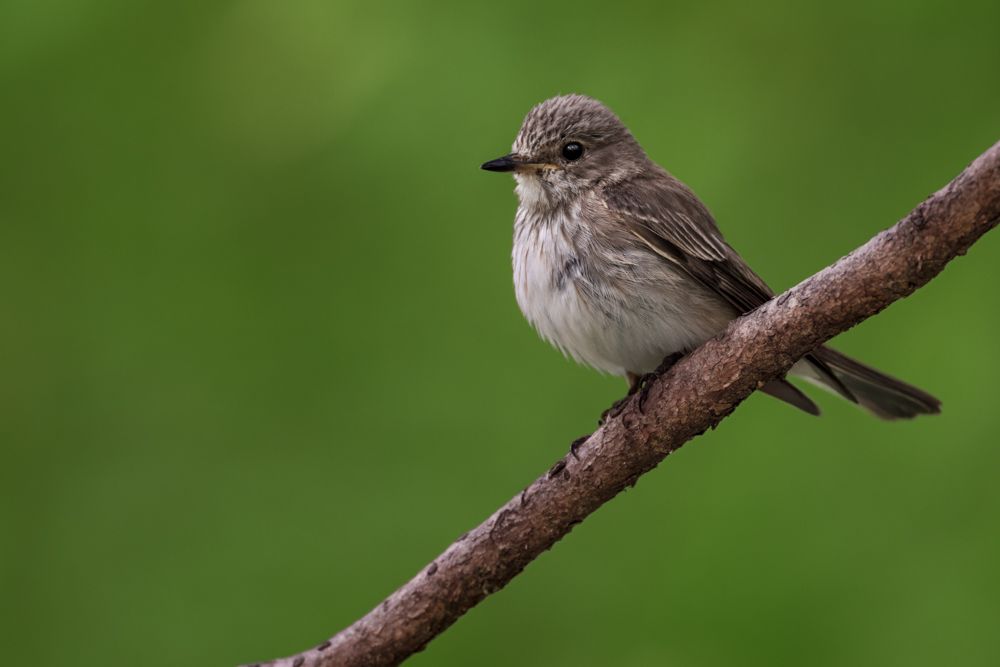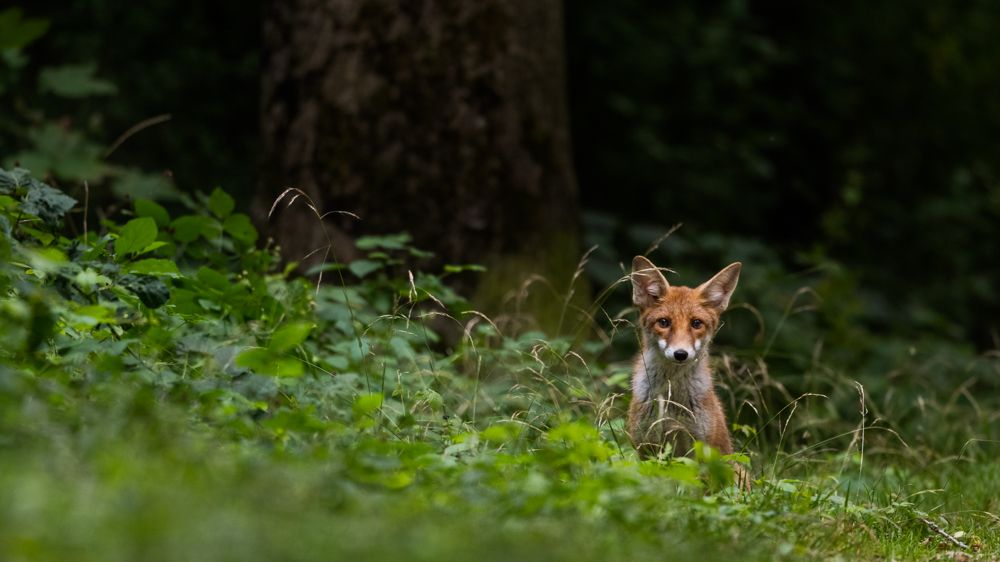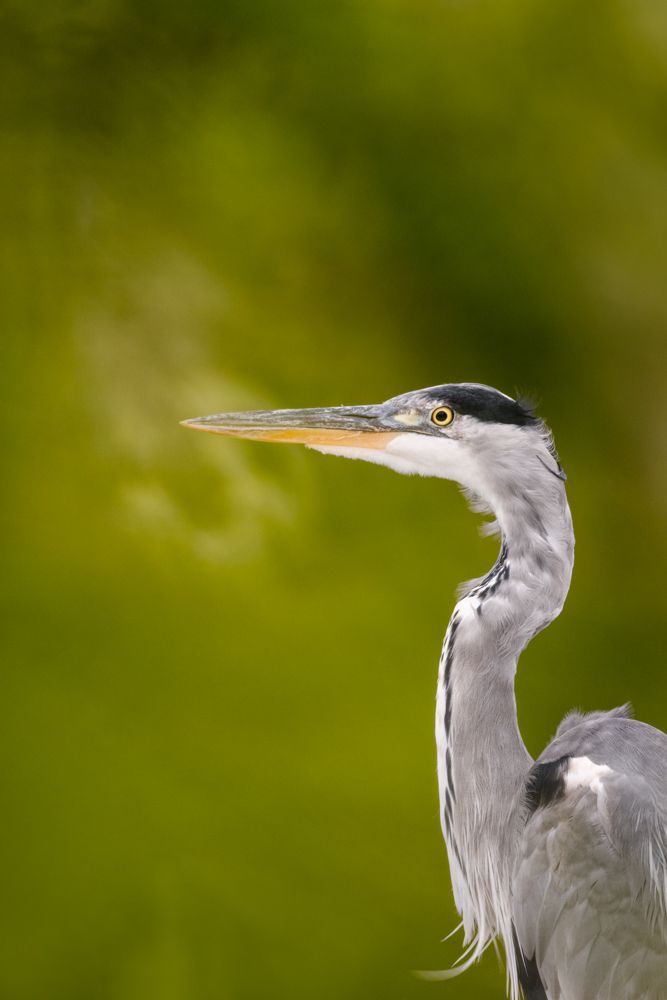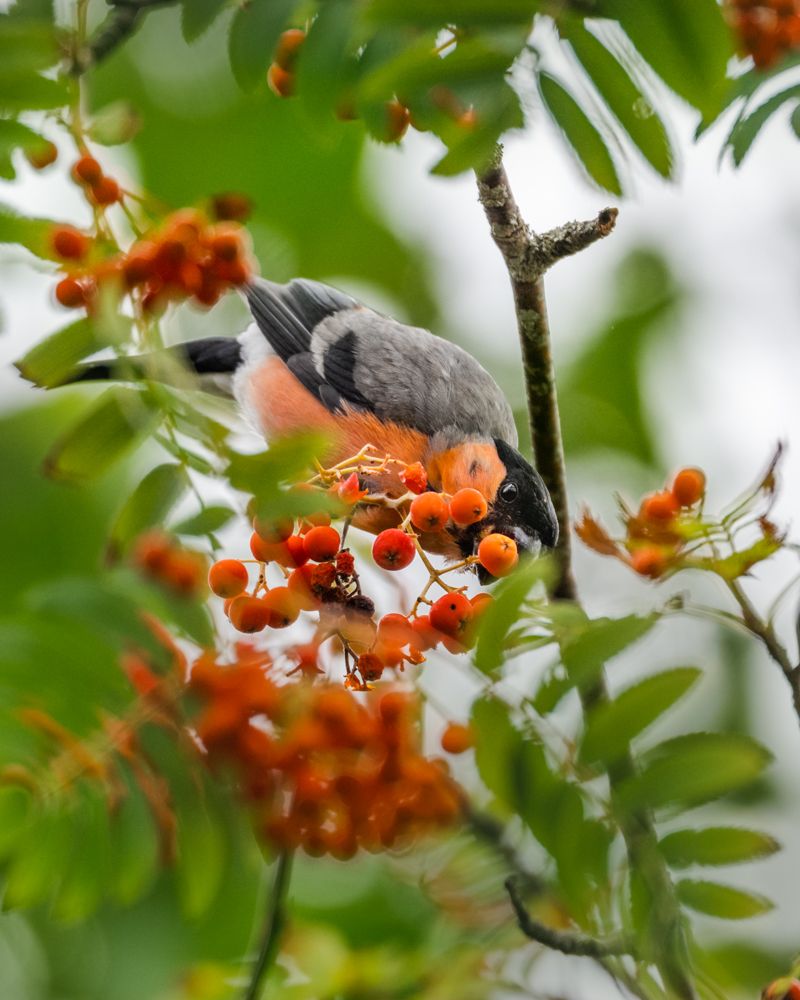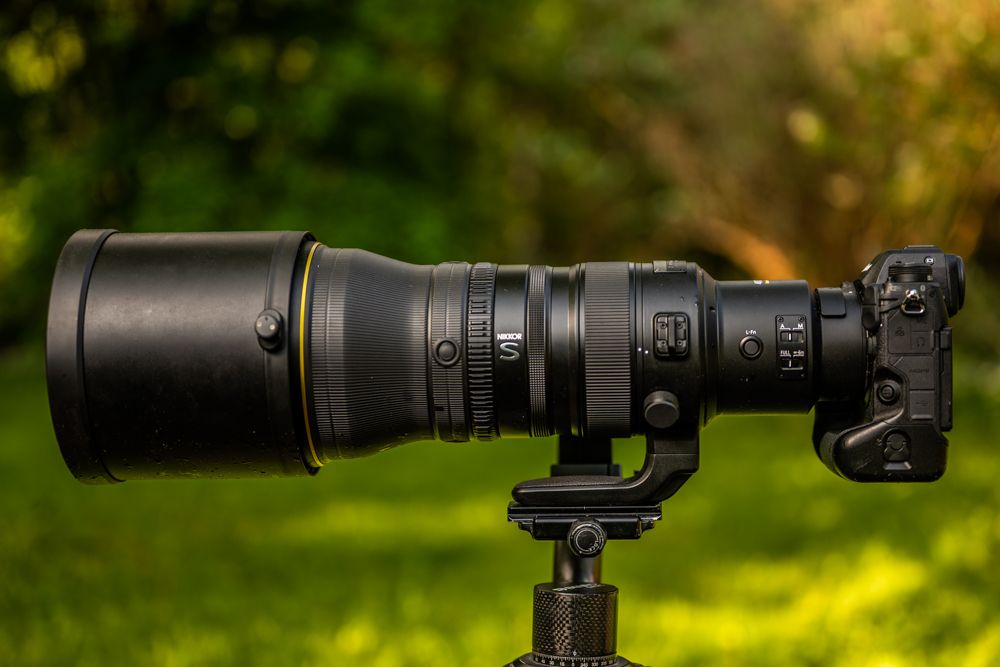Review: NIKKOR Z 800mm 6.3 VR S
For wildlife photography, telephoto lenses with a focal length between 400mm and 600mm are the absolute standard in the vast majority of cases. Most animals are rather shy towards humans and need to be significantly magnified with large and heavy lenses. Sometimes, however, even 600mm is not enough for the animal to be imaged large enough.
The Nikon Z 800mm 6.3 is the ideal lens for situations where small animals in particular tend to stay at a distance. Thanks to the special Phase Fresnel lens, the lens is also relatively compact and, at 2.4kg, also very light. Compared to the competition and also to Nikon's own f-mount equivalent, the new 800mm is also significantly cheaper.
I was allowed to test the lens for a week in various situations. Among other things, I went into the mountains for a few days to look for griffon vultures.
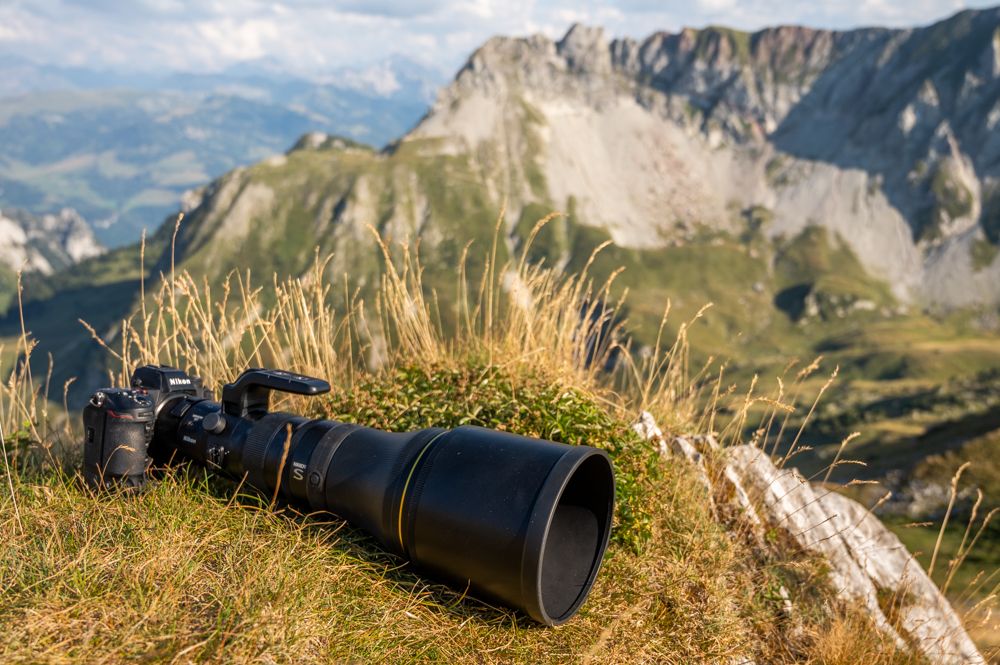
I was allowed to borrow the lens for one week from Nikon Switzerland. I would like to thank them for this - but I would also like to say that this did not influence my review in any way.
Image quality
Autofocus
While the autofocus is very fast, this is the biggest difference to the 400mm 2.8. Unlike the 400mm, the 800mm doesn't focus completely silently and is also a bit slower in speed. Presumably, the new Silky Swift VCM was not yet installed on the 800mm and instead a conventional autofocus system was used. This was surely also a question of cost but in general the difference is not really noticeable in most situations anyway.
Especially in quite good light, the focus is practically instantaneous even with the 800mm. In very low light though, the Z9 with the 800mm starts focus hunting. This in turn is rather slow, but that is probably due to the camera rather than the lens itself.
Especially when the autofocus is looking for contrast, you can also hear it. This is nowhere near as loud as the latest generation 500mm f/4, for example, but I still think it's important to mention that the lens isn't quite as quiet as the 400mm 2.8.
Regarding focus, the closest focusing distance is also worth mentioning. At 5 m, the lens is definitely not suitable for cooperative animals. If an animal comes closer than 5 m, the 800mm focal length would be a bit much anyway.
Overall, however, I can say in terms of autofocus: the lens and does its job really well, the 400mm 2.8 is just a bit faster and quieter.
Image stabilizer (VR)
I found the VR to be particularly remarkable with this lens. Especially in combination with the IBIS of the Z9, the VR is extremely effective. In tests with the lens, I got sharp photos with shutter speeds as slow as 1/13 of a second. Of course, with such a slow shutter speed, not all photos are perfectly sharp, so I added some safety margin in the field. Still, a high percentage of sharp photos at 800mm and around 1/30 second handheld shutter speed shows what this lens can do.
Unlike the autofocus, the lens' VR is completely silent, so it still lends itself very well to filming. Audio recordings from a microphone on the camera's hotshoe now no longer pick up any annoying buzzing from the VR.
Weight and handling
The Phase Fresnel lens allows for an extremely lightweight and compact design at least compared to other lenses with 800mm focal length. Nikon has already used this special type of lens for two other extremely popular lenses, namely the 300m f4 and the 500mm f5.6. Both lenses for the f-mount, the lenses are nevertheless exceptionally light, compact and yet razor sharp.
At just under 2.4kg, the 800mm is indeed a lightweight. Even with the relatively heavy Z9, I was able to shoot handheld for longer periods without a problem. What is especially noticeable compared to the 400mm, however, is that the lens is less well balanced for me personally, as much of the weight is far forward on the lens. This is especially noticeable because the manual focus ring is very far back. Since I personally still use manual focus quite a bit, this bothered me a bit. So I had to hold the lens quite weirdly in my hands to balance it well enough, but still get to the focus ring.
While we're on the subject of the focus ring, it has quite a bit of resistance and to get from infinity to very close, you turn for what feels like an eternity depending on your speed. The fact that the focus ring is so far back doesn't help with the whole matter either.
Further to the front of the lens is a function ring, as found on virtually all Z lenses. And like on all other Z lenses, this was pretty much the first thing I disabled in the menu. So far, I haven't really been able to get comfortable with this ring (and I've tried a few times).
I would prefer - as with the 400mm 2.8 - if the function ring and focus ring had swapped places. The Z9 offers the ability to swap zoom and focus on certain lenses. Maybe there will be that feature for the focus ring and the function ring someday.
The fact that the resistance and the position of the focus ring (something that is hardly needed with the Z9's focus system anyway) are the only real points of criticism shows how well the lens performs otherwise.
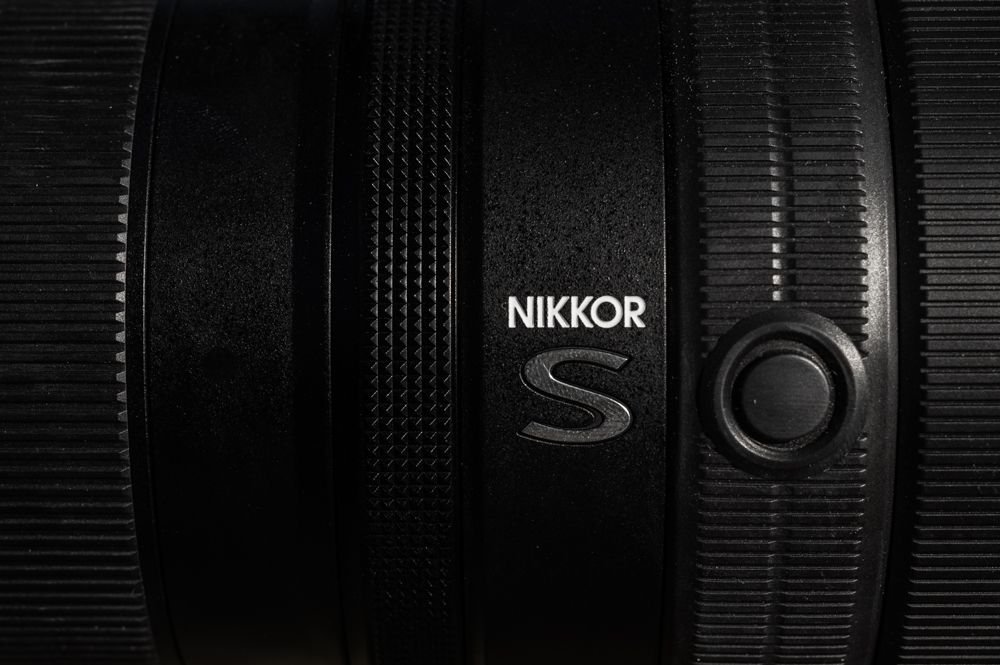
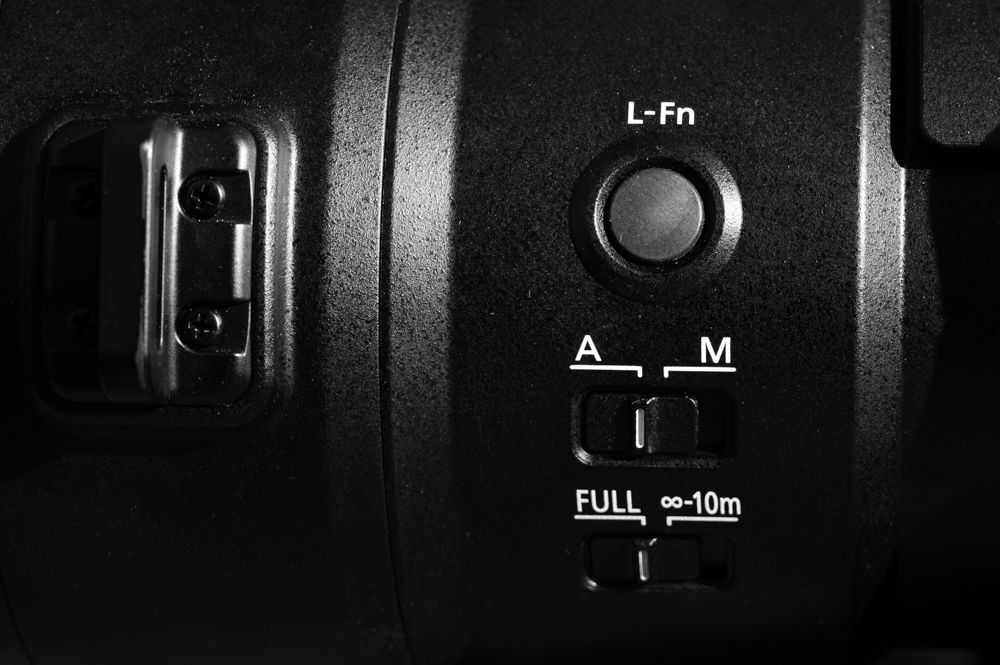
In addition to the function ring, there are four buttons around the lens barrel on the lens that can be assigned a function such as autofocus activation. A bit further back on the lens, on the left side, is another function button that can be assigned a wide range of functions. At the back, there are two small switches. Besides the choice between autofocus and manual focus, the focus can also be limited to a distance range. Like with the 400mm, I would've preferred to not only have the option between full and 10m infinity but also between 5-15 m.
Unlike the classic large fixed focal lengths, Nikon has incorporated a new lens hood mechanism on the 800mm. In terms of operation, it is more like the one found in smaller lenses. For me, the usual mechanism with the small screw would have fit a bit better. In the end, however, it works this way and it's only a small detail. Since the lens fit into the f-stop Shinn with the Z9 and the lens hood attached, I didn't have to deal much with the mechanism anyway.
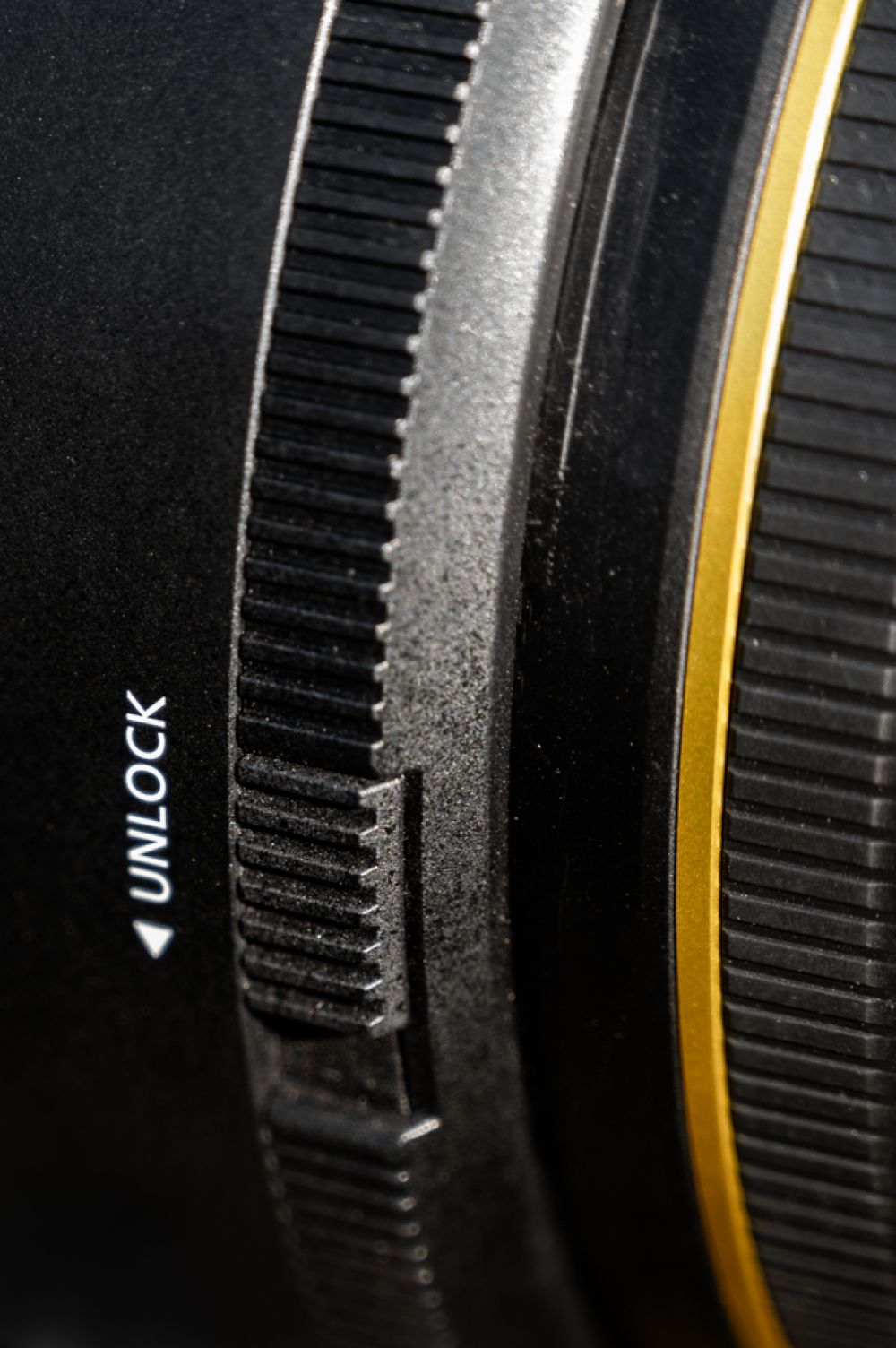
My conclusion
Overall, the lens makes a really good impression. Due to the long focal length, the low weight and the relatively low price, the lens is very interesting especially for bird photographers. Even on longer day trips in the mountains, the lens can be easily taken along and thanks to the long focal length, even very shy birds can be photographed relatively well. For me personally, however, it would not be or is not the first choice as a lens. 800mm are extremely advantageous for some situations, but in many cases also too much. Furthermore, I myself work very often with animals, for which the minimum focus distance of 5 m would not be sufficient. Here, for example, the 400mm 2.8 with a minimum focus distance of 2.5 m is much better suited. A big advantage of the 800mm over the 400mm is its price. For a little under 8,000 Swiss francs, the 800mm occupies a practically unoccupied region. Long fixed focal lengths used to cost well over 10,000 Swiss francs and cheaper telephoto lenses were then mostly zoom lenses and qualitatively far below the level of a fixed focal length. The 800mm breaks new ground here and combines very good quality with a relatively good price.
I would recommend this lens to photographers who work with very shy animals. Especially in combination with the new 400mm f/4.5, one would have covered the telephoto range extremely easily, flexibly and yet with high quality.
